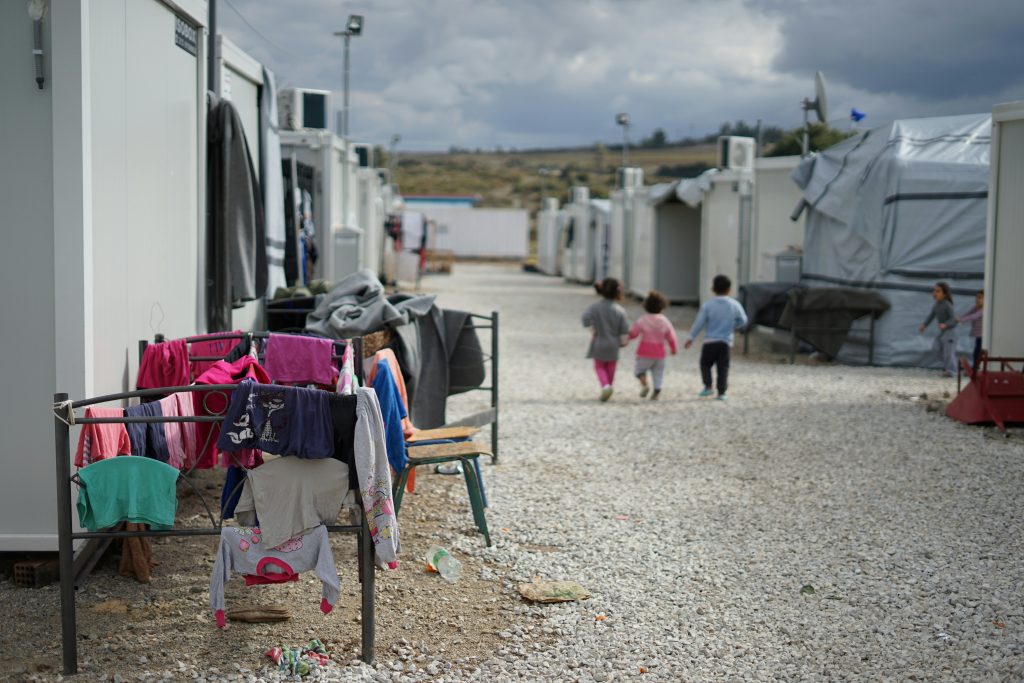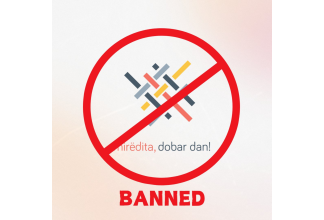How Sweden should carry out the EU Migration Pact

On May 14, the EU Council gave the green light to the EU Migration and Asylum Pact, which the Swedish EU presidency considers its crowning achievement. However, the Pact paves the way for new rules that will have a profound—and largely negative—impact on people seeking refuge in the EU. Just how bad that impact will be depends on the way countries carry it out. The Swedish government should ensure that its asylum procedures are just and that it is not violating human rights.
In 2017, Swedish political parties on both the right and the left agreed that the best way to fairly manage asylum seekers coming to the EU was through a quota system. The consensus view was that every EU country should take in its fair share of asylum seekers so that no country, particularly those on the EU’s external borders, would be put under undue pressure. Back then, when met with the suggestion that EU member states could buy themselves out of taking asylum seekers from other EU countries, a representative from the current government coalition voiced this widely held view, saying, “The EU shouldn’t put a price tag on people” and declared the buy-out option “unethical.”
Today the government says that it plans to use the option under the Pact of “paying” to avoid participating in the reallocation system. This leaves countries like Italy, Greece, Spain, Malta, and Cyprus to take n a disproportionate number of asylum seekers coming to the EU and risks making the number of arrivals seem unmanageable when a fair allocation across the bloc is both reasonable and workable.
In addition to not providing for meaningful solidarity among EU member states, the Pact as a whole risks violating rights. The new EU rules will make it harder for people to apply for asylum, easier for governments to rush decisions on asylum applications and lead the authorities to lock up families for weeks on end. The changes encourage EU countries to return people to countries outside of the EU, like Serbia or Tunisia, that they may have transited on their way to Europe and where they could face abuse or to return them directly to their home country without a chance to apply for asylum.
The Tidö parties have already made clear that they want to downgrade Sweden’s asylum law “to the EU minimum.” The Pact has set a new, even lower, standard that will lead to human rights violations and legally uncertain asylum procedures if enacted. Applying the lowest standard possible risks leading to rights violations in individual cases and to expose Sweden to litigation challenges. Sweden should use the discretion allowed to member states under the Pact to resist the race to the bottom by maintaining legal certainty and respect for human rights, including the right to seek asylum, in Sweden.
To protect the rights and lives of asylum seekers and other migrants, Sweden should:
- At all stages of the asylum process, minimize the use of detention or detention-like situations, especially for people with vulnerabilities, including mental health challenges, and refrain from any immigration detention of children. This means Sweden should institute robust measures during the screening process to identify people who shouldn’t be detained and should create an effective monitoring mechanism to make sure the system works.
- Ensure that all asylum procedures are legally certain, avoid sub-standard accelerated border procedures envisioned in the Pact, and guarantee in national law the right to appeal while remaining in the country. This is crucial both to ensuring a fair examination of a person’s need for protection and to preventing unsafe returns even before a person’s appeal against a rejection has been heard.
- Refrain from sending anyone to home countries where they could face serious harm or to third countries where they could be subjected to chain deportations without fair consideration of their asylum claims. Sweden should insist on clear principles on what constitutes a safe third country for return of asylum seekers that are grounded in law, in the country’s capacity to provide effective protection to asylum seekers, and a person’s meaningful connections to that country.
- Exercise extreme caution in returning an asylum seeker to supposedly safe parts of an otherwise unsafe country and should never do so when agents of the home government are the persecutors. Human Rights Watch research has shown, for example, that some refugees who returned to Damascus and surrounding areas of Syria—deemed free of generalized violence—were arbitrarily detained, kidnapped, conscripted, tortured, and killed.
Many of the new rules, if unchecked by rational and humane considerations, will not achieve the stated goals and instead will simply cause immense suffering. Harsh deterrence measures don’t work in the long run. They just make flight to safety more dangerous and increase the likelihood that people who need protection are sent back to dangerous situations. There is a way to govern migration that respects people’s right to seek asylum and acknowledges their dignity, aspirations, and contributions. Sweden can and should ensure that those who come to our borders are afforded the human rights to which every human being is entitled.
John Stauffer, Legal Director, Civil Rights Defenders
Judith Sunderland, associate director, Europe and Central Asia division, Human Rights Watch


